I’ve been watching a lot of videos of master teachers Saraswati and Sharath Jois lately to glean wisdom from their philosophy. Yoga is a living breathing philosophy. The way it was taught and practiced a hundred years ago was different from how it is being taught and practiced now. The world is changing. And with that, yoga’s role in this changing world.
Just 50 years ago perhaps the greatest challenge in the yoga world was the lack of awareness of the practice. Now the challenges are greater. Advances in science, increases in population, changes in lifestyle etc., have brought along an increase in stress and psychosomatic diseases. Which has resulted in an increase in crime.
Sharath Jois, in one of his many interviews says that besides asanas we have to practice Ahimsa and Satya. And if hundreds of people practiced Satya and Ahimsa, then it will be good for society. There will be no violence and no bad things happening. That’s the message that yoga is trying to give us. Sharath goes on to say that our responsibility is not only to think about ourselves but also to think about the plants and the animals and other living beings. I guess here he’s trying to tell us that to live in harmony is perhaps the best way to co-exist with each other and with the life around us. And if every one of us practices Satya and Ahimsa, we can change the world.
In recent years a lot of young people have started coming forward to drive change. Whether it’s in politics, entrepreneurship, social work, education etc., the youth has made an impact. However, at a deeper level, to make a change in the fabric of the social psyche itself, maybe we need to practice Ahimsa and Satya with ourselves. Know when to push forward and to hold ourselves back. To know which battles are worth fighting and which are just fueling our ego. To sometimes accept that though we tried our best, but our best wasn’t good enough. (Which is OK because there are too many more mountains to climb so wallowing in self pity isn’t a good idea.)
Sharath also says, “Life is very precious, life is very important. So how you lead your life is very important.”
A little more Satya and Ahimsa with the usual Asana will help us create a better world.
![IMG-20160125-WA0039[1]](https://yogawithpragya.com/wp-content/uploads/2016/01/img-20160125-wa00391-1.jpg)
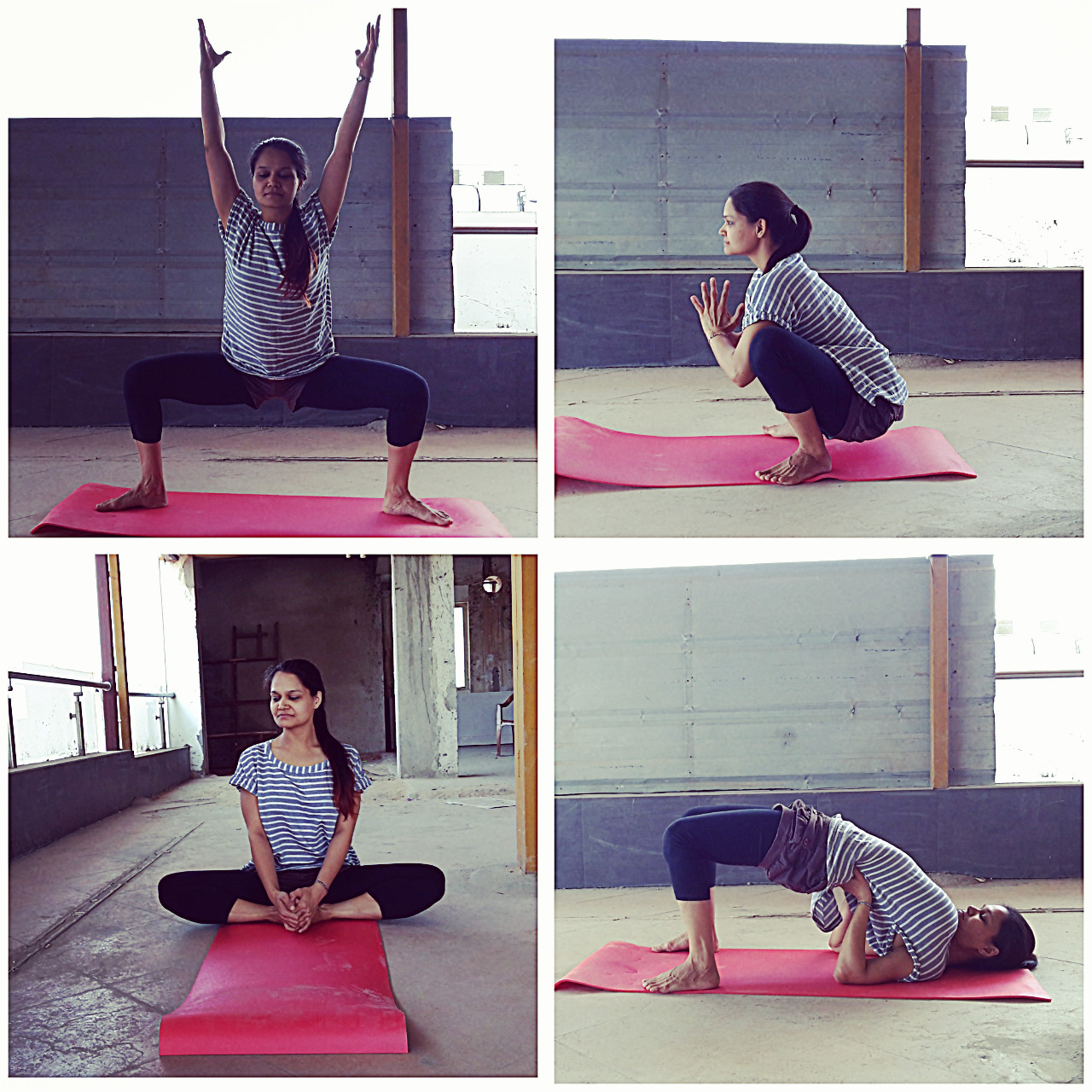
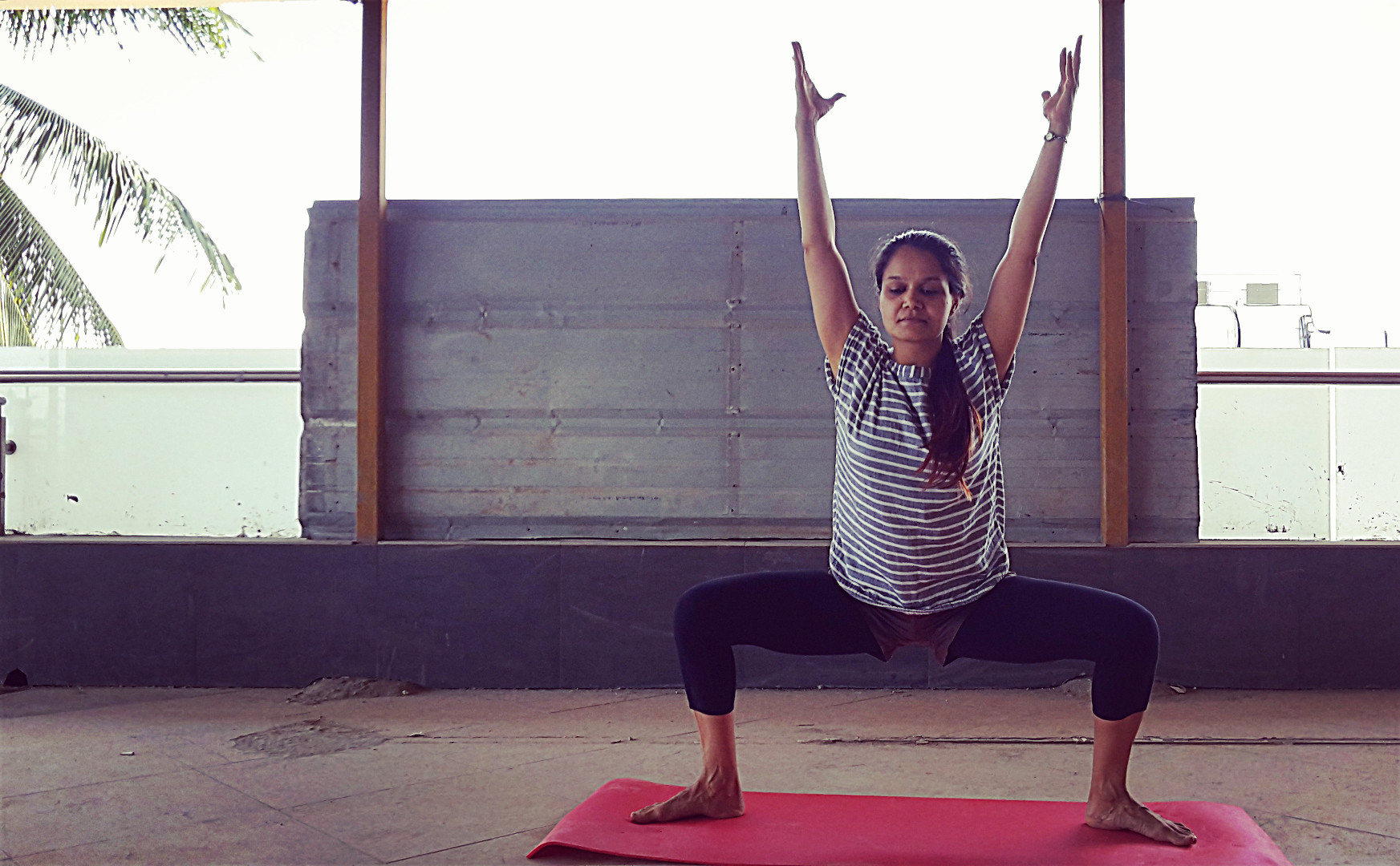
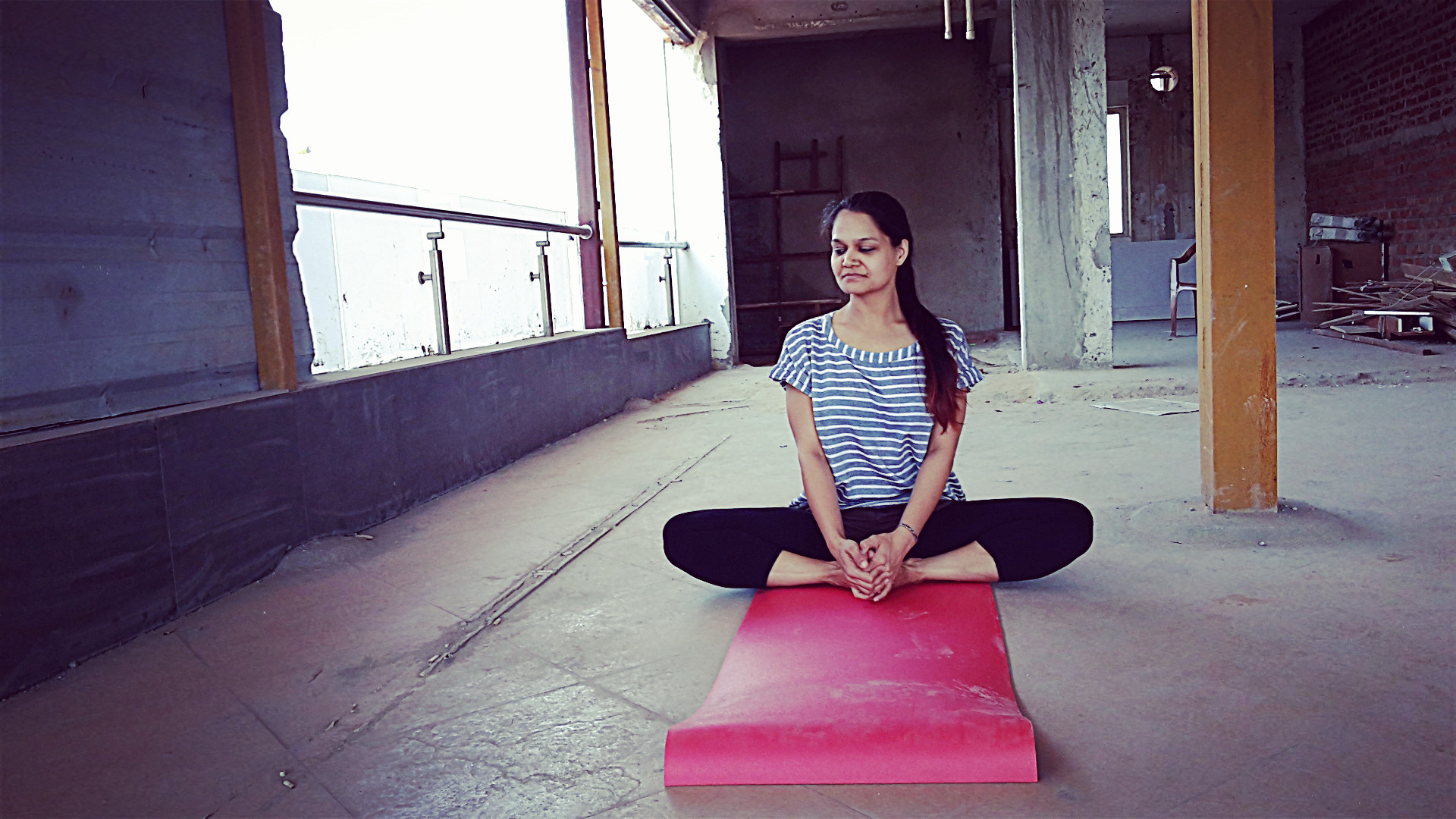
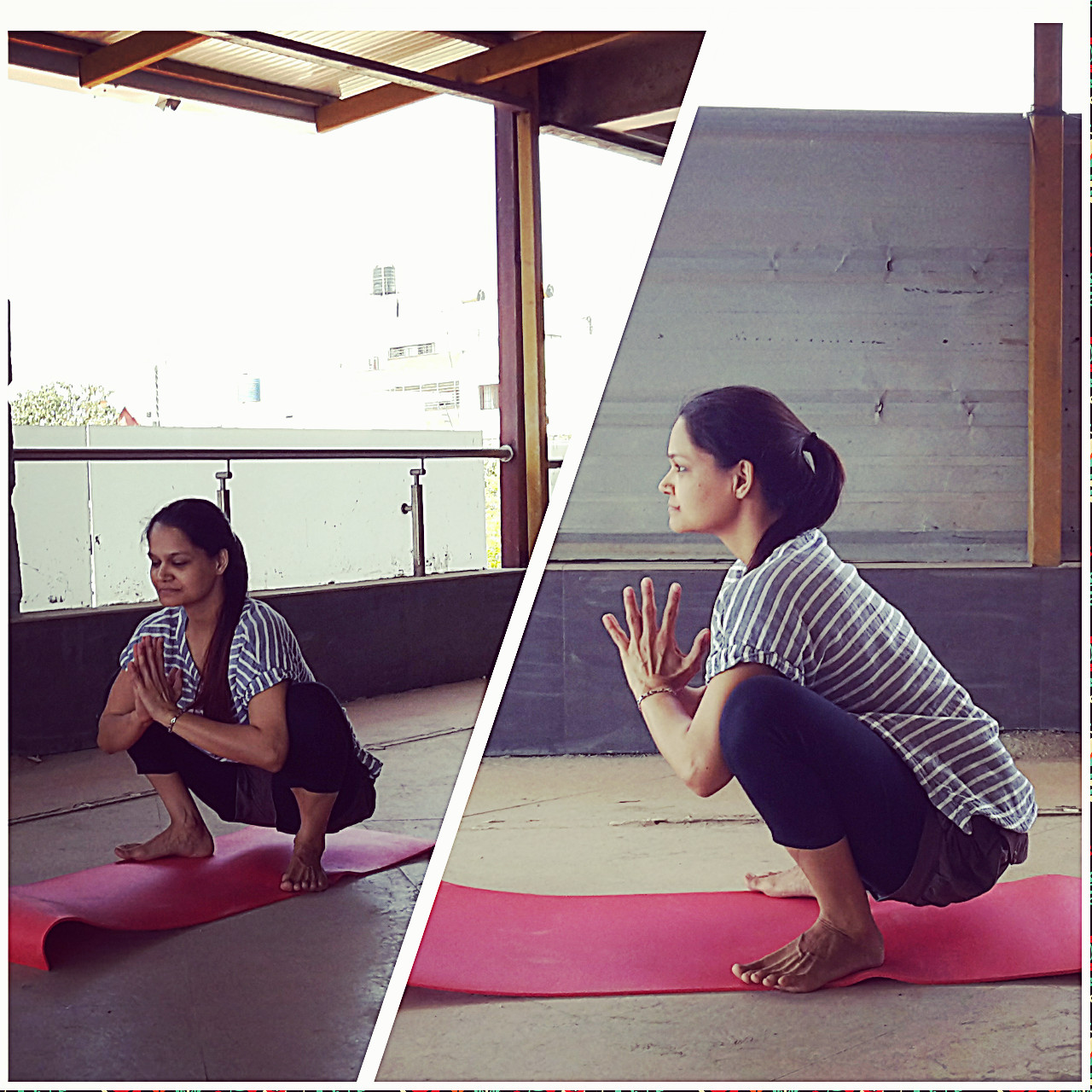
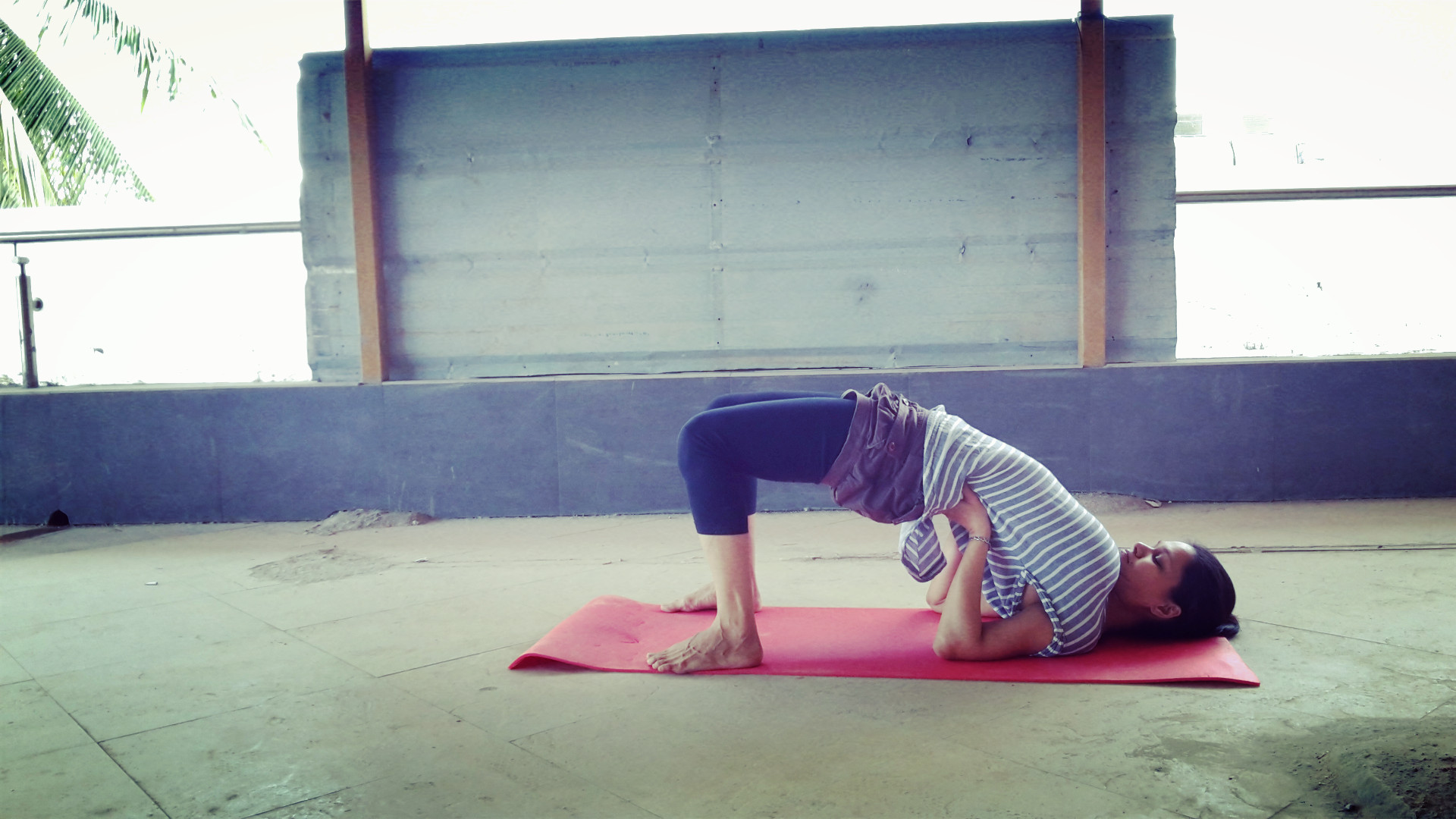
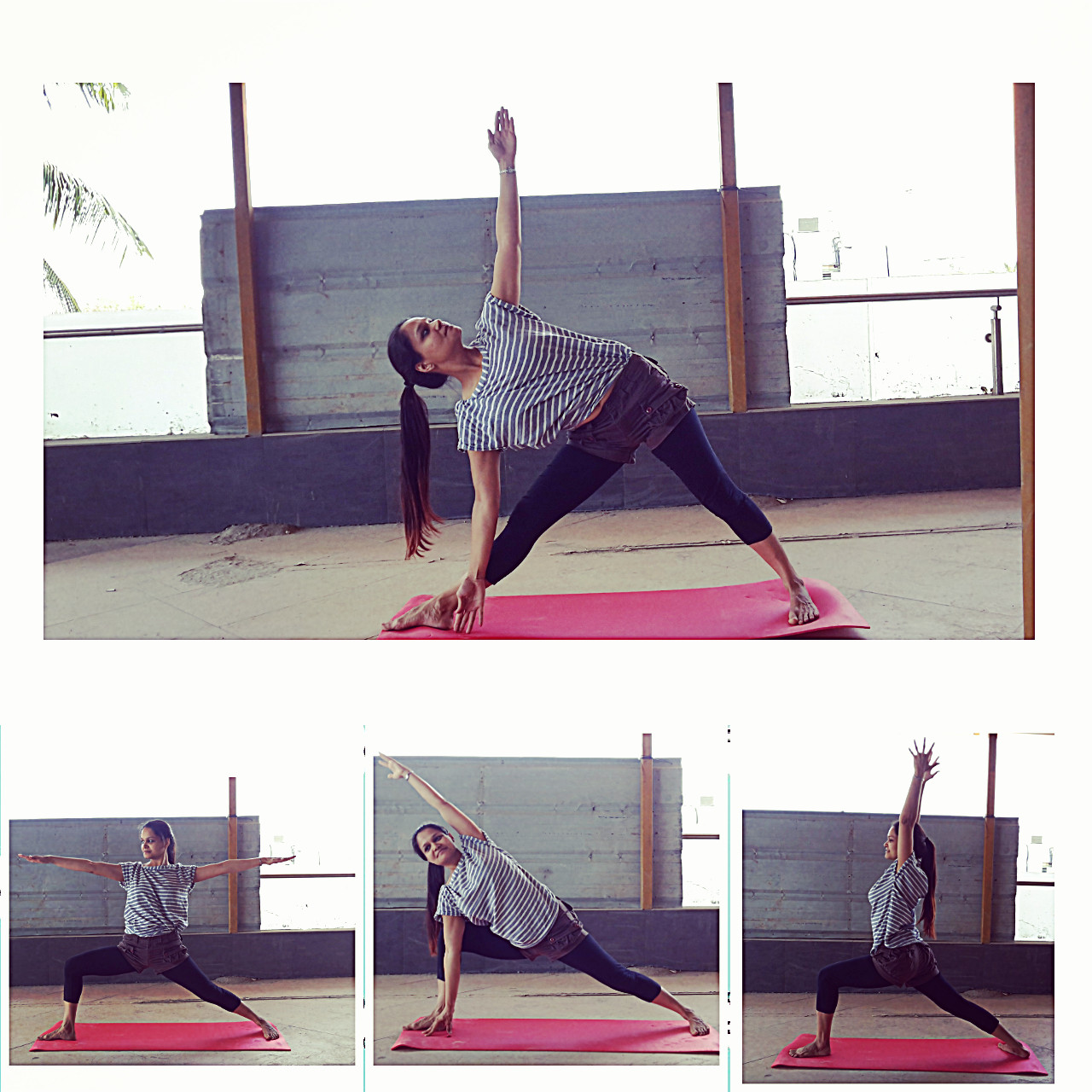
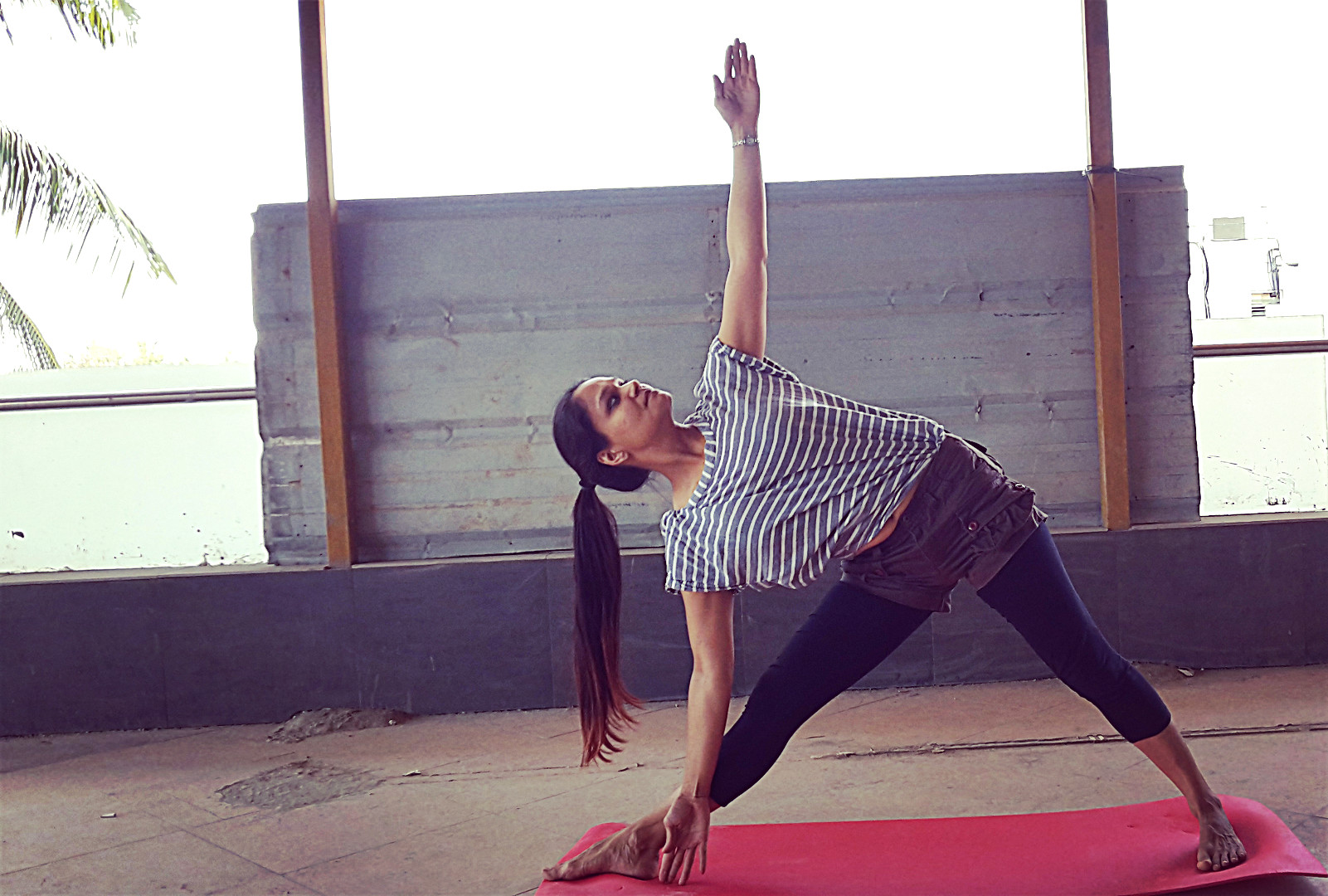
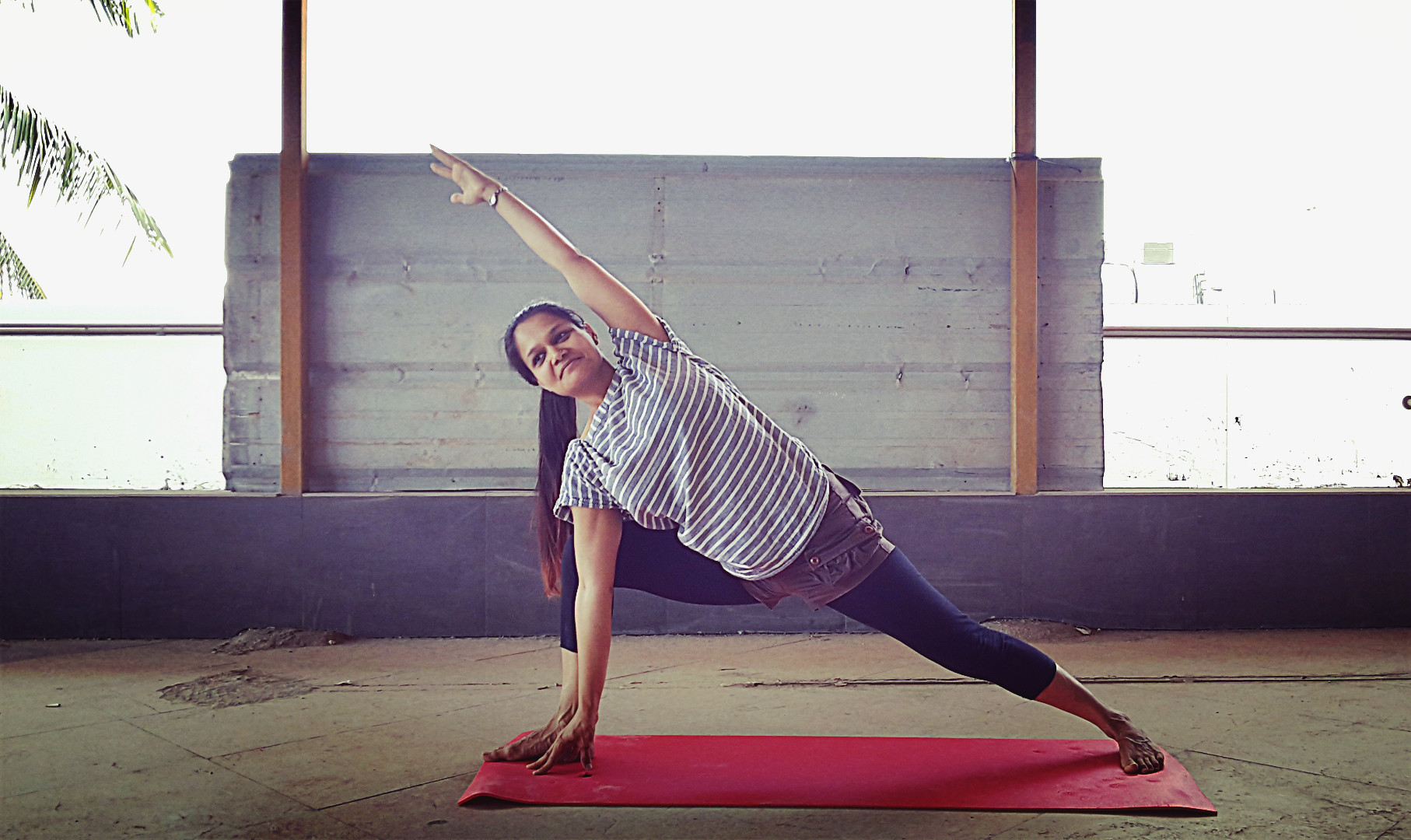
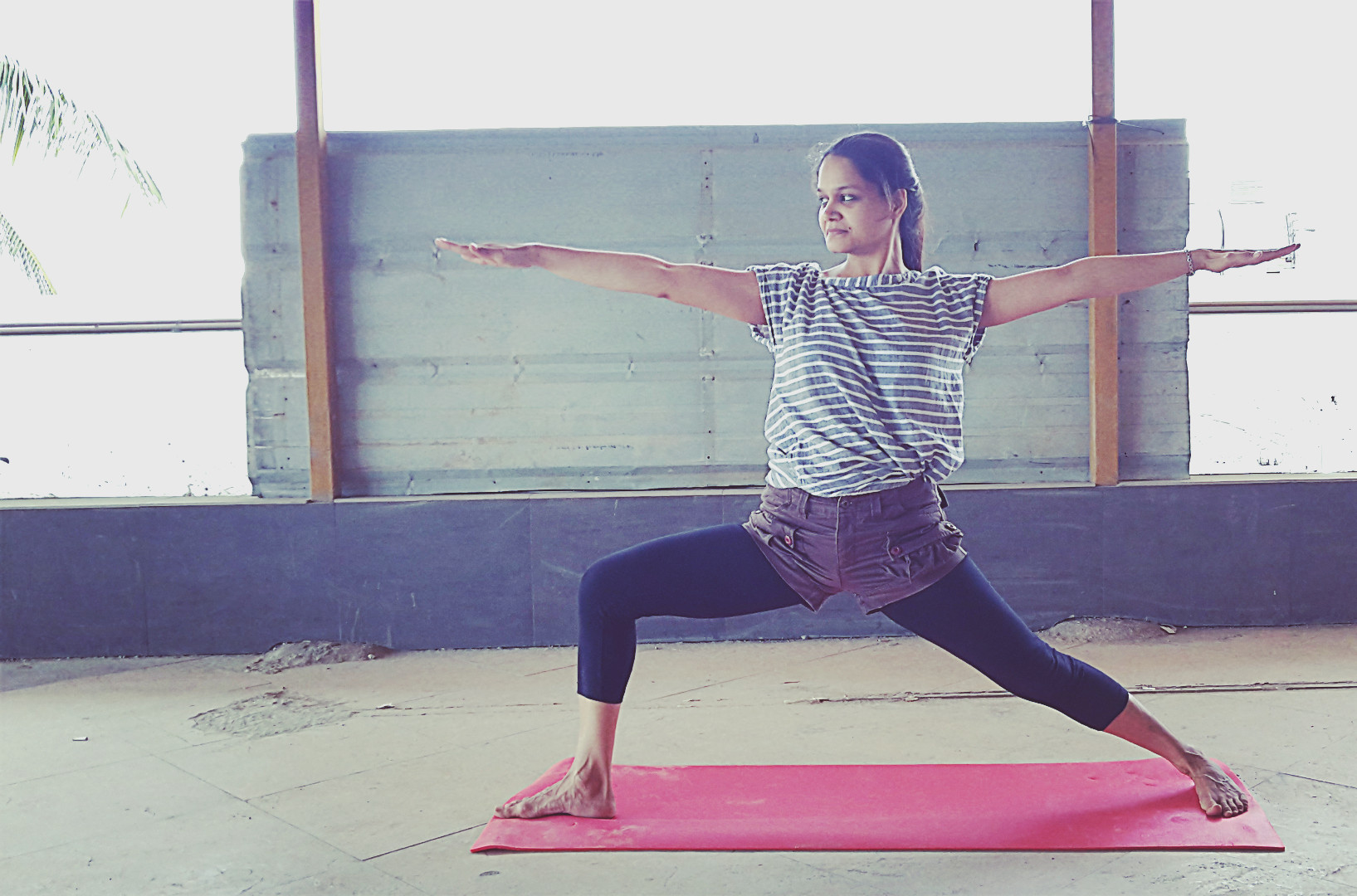

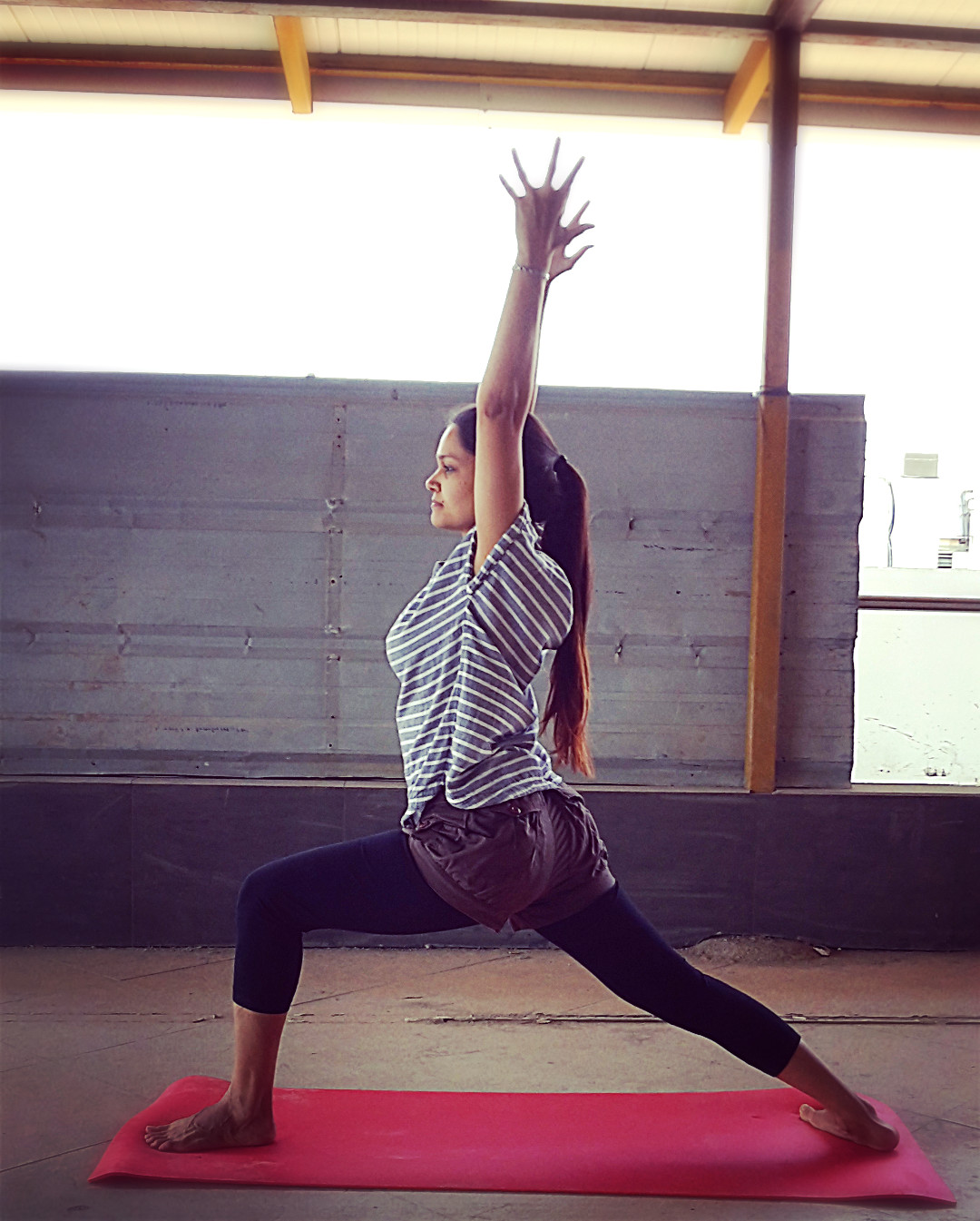
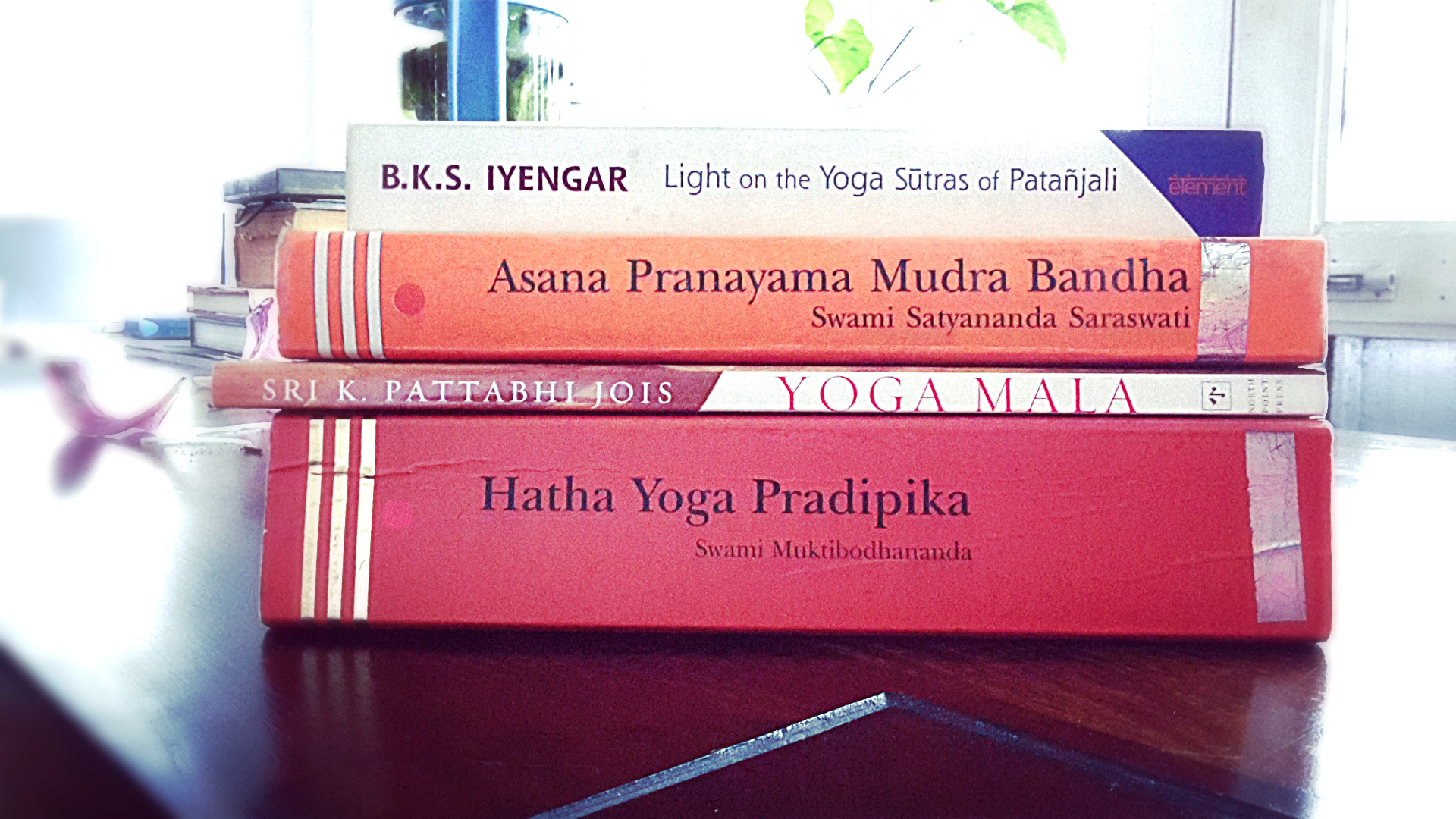
![IMG-20160125-WA0039[1]](https://yogawithpragya.com/wp-content/uploads/2016/01/img-20160125-wa00391-1.jpg)